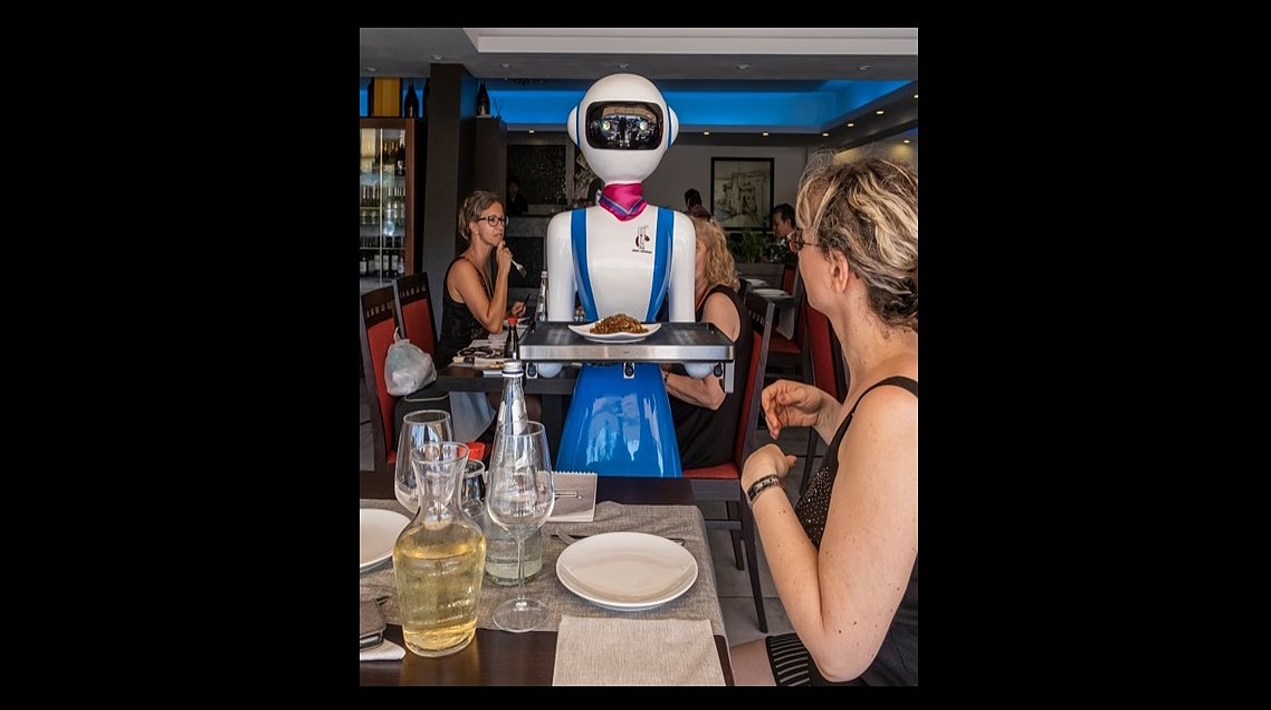
Usually, upon ordering a product, a robot selected the purchase from a shelf, read the barcode and delivered it to the counter for packaging. And hopefully, it didn’t collide with a human worker on its journey and lose its way.
The odds of that happening have now shortened, with the University of South Australia researchers developing an algorithm to help robots avoid running into humans and other moving obstacles in their path. UniSA mechatronics engineering lecturer Dr Habib Habibullah and colleagues have built a computer model that ensures mobile robots can recognise and avoid unexpected obstacles, finding the quickest and safest path to their destination.
In a new paper published in the Journal of Field Robotics, Dr Habibullah describes how his team combined the best elements of existing algorithms to achieve a collision-free TurtleBot able to adjust its speed and steering angles.
Dr Habibullah stated that there are two types of path planning strategies for mobile robots, depending on whether they are being used in fixed environments or where they are encountering moving obstacles, such as humans or machines. The first is fairly easy to program but the second is more challenging. There are several algorithms on the market trying to address the issue of robots colliding with moving objects, but none are fool-proof.
The UniSA researchers tested their model against two common online collision avoidance algorithms – Dynamic Window Approach (DWA) and Artificial Potential Field (APF) – and found theirs came up trumps. In a series of simulations in nine different scenarios, they compared collision rates, the average time to destination and the average speed of the robot.
In every scenario, the UniSA-designed algorithm helped robots successfully navigate a path without any collisions. In comparison, the DWA model was only 66 per cent effective, colliding with objects in three of the nine simulations. The APF model was also collision-free but took more time to reach its destination. The team’s proposed method sometimes took a longer path, but it was faster and safer, avoiding all collisions.
Dr Habibullah says their algorithm could be applied in many environments, including industrial warehouses where robots are commonly used, for robotic fruit picking, packing and pelletizing, and also for restaurant robots that deliver food from the kitchen to the table. The UniSA-designed algorithm can direct the TurtleBot to stop, take a turn and even reverse direction if it encounters anything in its path.
This could also be a potential solution for agricultural robots, for example, autonomous lawnmowers, ground robots for crop surveillance and autonomous weeding robots, where children, pets and other animals are often present,” Dr Habibullah said.
The global warehouse robotics market was valued at US$3.97 billion in 2020 and is expected to reach US$7.63 billion by 2026 and grow at a CAGR of 11.54% over the forecast period (2021-2026). The emergence of the Industrial Internet of Things (IIoT) and the advent of a network of connected systems are helping industries perform a multitude of tasks, such as material batching, picking, ordering, packaging, warehouse security, and inspection, as well as improve the operational efficiency by huge margins.
The growth in the e-commerce industry worldwide and the growing need for efficient warehousing and inventory management is driving the market growth. Automation in warehousing offers extreme convenience when it comes to cutting down overall business costs and reducing errors in product deliveries. According to a prominent 3PL company and a significant end-user of warehouse automation solutions, despite the advantages, 80% of warehouses are still manually operated with no supporting automation.
Further, warehouses, i.e., those that use conveyors, sorters, pick and place solutions, among other equipment (not necessarily automated), account for 15% of total warehouses. In contrast, only 5% of current warehouses are automatic.
Significant technological advancements, such as sensors technologies that enable an enhanced object perception and an accurate positioning system, have made way for the robotics industry to explore the untapped potential in various warehousing applications, while attaining an optimal operational flow and logistics efficiency, among other accomplishments, across the different industry verticals.
















